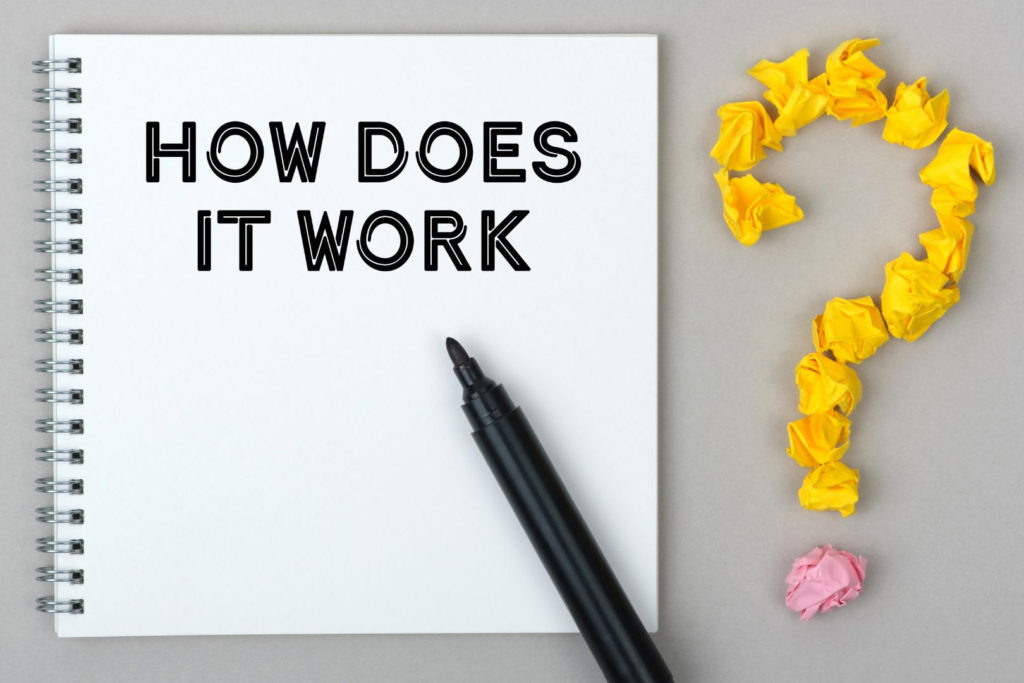What is Insurance? An In-Depth Exploration

Introduction
What is insurance? It is more than just a financial product; it’s a social contract that binds us together in times of crisis. Whether it’s a car accident, a health emergency, or a natural disaster, insurance provides a safety net that helps individuals and businesses recover and move forward. In a world fraught with uncertainties, understanding the intricacies of insurance is not just beneficial—it’s essential. This article aims to serve as a comprehensive guide to insurance, covering its history, basic concepts, importance, and much more. In this first part, we will delve into the historical background and basic concepts of insurance.
(Part 1)
Historical Background
Origins of Insurance
The concept of insurance is as old as human civilization itself. In ancient Mesopotamia, traders would distribute their goods across multiple ships to minimize the loss from any single ship’s sinking. This rudimentary form of risk distribution laid the foundation for modern insurance practices.
In the Middle Ages, guilds played a role similar to that of insurers today. Members of a guild would contribute to a common fund, which would then be used to support members who faced hardships such as fire, theft, or illness.
The 17th century marked a significant milestone with the establishment of the first insurance company, “The Amicable Society for a Perpetual Assurance Office,” in London. This was closely followed by the creation of Lloyd’s of London, which initially specialized in maritime insurance and later expanded into other areas.

Evolution of Insurance Types
Over the years, the insurance industry has evolved to offer a wide range of products tailored to various needs. The 19th century saw the rise of life insurance, aimed at providing financial security to families after the death of the breadwinner. Health insurance gained prominence in the 20th century, especially with the advent of complex medical procedures and treatments.
Today, we have a plethora of insurance types, including but not limited to:
- Life Insurance
- Health Insurance
- Auto Insurance
- Property Insurance
- Liability Insurance
- Travel Insurance
Each type serves a specific purpose and demographic, making insurance an integral part of our lives.
Basic Concepts and Terminology
Definition of Insurance
At its core, insurance is a contractual arrangement between two parties: the insurer and the insured. The insurer agrees to compensate the insured for specific types of loss or damage, as outlined in the insurance policy. In return, the insured pays a regular sum known as the premium.
The essence of insurance lies in the pooling of risks. By collecting premiums from a large number of policyholders, insurers create a fund that can be used to compensate those who suffer a loss. This mechanism allows individuals to mitigate the financial impact of unforeseen events.
Types of Insurance
- Life Insurance: This type of insurance provides financial security to the dependents of the policyholder in case of their death. Policies can be term-based or whole life, each with its own set of features and benefits.
- Health Insurance: Health insurance covers medical expenses incurred due to illness or injury. It can also include preventive care services like vaccinations and screenings.
- Auto Insurance: This insurance protects against financial loss resulting from vehicle-related incidents, such as accidents or theft.
- Property Insurance: This covers loss or damage to physical property, including homes and personal belongings.
Key Terms
Understanding insurance requires familiarity with specific terminology:
- Policyholder: The individual or entity that has purchased the insurance policy.
- Insurer: The insurance company providing coverage.
- Premium: The amount paid by the policyholder to the insurer, usually on a monthly or annual basis.
- Deductible: The policyholder must pay an out-of-pocket amount before the insurance coverage kicks in.
This concludes Part 1 of our in-depth exploration into the world of insurance. In this section on understanding insurance, we’ve covered the historical background and basic concepts that form the foundation of insurance as we know it today. Stay tuned for Part 2, where we will discuss the importance of insurance and how it works in practice.
(Part 2)
Importance of Insurance
When someone inquires about what is insurance, the next question that naturally arises after grasping the fundamentals is its importance.
Risk Mitigation
One of the primary roles of insurance is to act as a financial cushion that softens the blow of unexpected events. On a personal level, insurance can help individuals recover from accidents, illnesses, or property damage without facing crippling financial hardship. For businesses, insurance can be the difference between staying afloat and bankruptcy in the face of a lawsuit or natural disaster.
Economic Impact
The insurance industry is a significant pillar of the global economy. According to industry reports, it accounts for nearly 3% of the world’s Gross Domestic Product (GDP). Beyond providing financial security, the industry also creates millions of jobs, ranging from insurance agents to data analysts. Moreover, the premiums collected by insurance companies often get invested in various sectors, further stimulating economic growth.
Social Welfare
Insurance also plays a vital role in social welfare programs. Government-backed schemes like universal healthcare and social security are essentially large-scale insurance programs that aim to provide a safety net for the entire population. These programs are especially crucial for vulnerable groups, such as the elderly and low-income families, offering them a semblance of financial stability and access to essential services.
How Insurance Works

The Insurance Contract
An insurance policy is a legally binding contract that outlines the terms and conditions under which the insurer agrees to provide coverage. It specifies the types of risks covered, the amount of coverage, the premium to be paid, and the process for filing claims. Both parties must adhere to these terms for the contract to remain valid.
The Insurance Process
- Application: The first step in obtaining insurance is filling out an application form, where the applicant provides various details that help the insurer assess the risk involved.
- Underwriting: This is the process where the insurer evaluates the applicant’s risk profile. Underwriters use statistical models and historical data to determine the likelihood of a claim being filed.
- Policy Issuance: Once the underwriting process is complete, the insurer issues the policy and coverage begins upon payment of the first premium.
- Claim Filing and Settlement: In the event of a loss, the policyholder must file a claim, providing necessary documentation to prove the loss. The insurer then assesses the claim and, if approved, provides the agreed-upon compensation.
Role of Intermediaries
Insurance agents and brokers serve as intermediaries between the insurer and the insured. They help potential policyholders understand different insurance products, assist in the application process, and often play a role in claim settlement. In recent years, online platforms have also emerged as a convenient medium for purchasing insurance, offering a range of options at the click of a button.
Controversies and Criticisms
High Premiums
One of the most common criticisms of the insurance industry is the high cost of premiums, which can make insurance inaccessible for many people. Critics argue that this undermines the very purpose of insurance as a social safety net.
Claim Denials
Another area of concern is the denial of legitimate claims. Instances where insurers refuse to pay out for arbitrary reasons have led to public outcry and legal battles, raising questions about the ethical practices within the industry.
Social Inequality
There are also concerns that insurance can perpetuate social inequality. For example, some insurance products have been criticized for being discriminatory, such as charging higher premiums based on age, gender, or pre-existing medical conditions.
This concludes Part 2 of our comprehensive guide to what is insurance. In this section, we’ve delved into the importance of insurance, how it operates, and some of the controversies that surround it. In the upcoming Part 3, we will explore future trends in insurance and wrap up our discussion. Stay tuned!
(Part 3)
Future Trends of Insurance or InsureTech industry

Technological Innovations
The insurance industry is not immune to the wave of digital transformation sweeping across various sectors. Insurtech, a subfield that blends insurance with technology, is revolutionizing traditional practices. Artificial Intelligence (AI) and machine learning algorithms are being employed for more accurate risk assessment and fraud detection. Blockchain technology promises to make transactions more secure and transparent.
Regulatory Changes
As the world becomes increasingly interconnected, insurance regulations are also evolving to keep pace. Upcoming laws, such as data protection and privacy acts, are set to have a profound impact on how insurers collect and handle information. International standards, like Solvency II in Europe, are pushing insurance companies to maintain adequate capital levels, thereby ensuring long-term viability.
Consumer Behavior
The modern consumer is well-informed and values convenience, leading to a shift towards the online insurance market. These platforms offer the ability to compare multiple policies in real-time, making the process more transparent. Additionally, there is a growing demand for personalized plans on these insurance markets that cater to individual needs, rather than one-size-fits-all policies.
Conclusion
Insurance is an indispensable part of modern life, offering both financial security and peace of mind. From its ancient origins to its current complexities, it has evolved to become a multifaceted industry that impacts nearly every aspect of our lives. As we’ve seen, it serves not only as a personal safety net but also as a significant economic pillar and a tool for social welfare.
However, like any industry, insurance is not without its challenges and criticisms. High premiums, claim denials, and issues of social inequality are areas that require attention and reform. Yet, the future looks promising with technological innovations, regulatory changes, and shifts in consumer behavior poised to reshape the landscape.
Understanding the intricacies of insurance becomes increasingly important as the industry continues to evolve. Whether you’re an individual looking to safeguard your future or a business aiming to mitigate risks, a protection plan offers a range of solutions designed to meet diverse needs.
This concludes our three-part series on the comprehensive guide to insurance. We’ve covered everything from its historical background, basic concepts, and importance, to how it operates, its controversies, and future trends. Thank you for joining us on this enlightening journey through the world of insurance.
